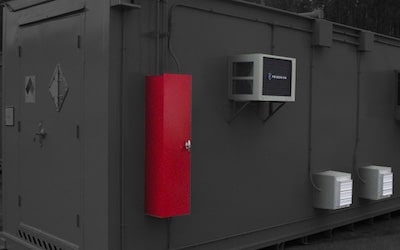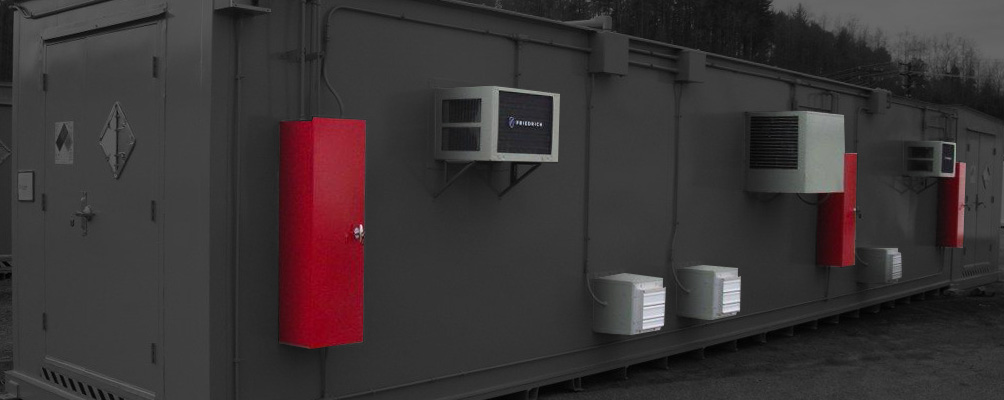Flammable Liquid Storage Tips for Acetone

 Acetone is a very versatile organic solvent with many chemical and industrial applications and its safe storage can benefit from a few carefully chosen flammable liquid storage tips.
Pure acetone is a colorless liquid, which has a distinctively sweet, pungent odor. The flashpoint of 0°F (-18°C) makes it a highly flammable liquid, which can ignite even as a low concentration mixture with water. NFPA 30 classifies it as a Class 1B flammable liquid, which means flammable liquid storage needs to be taken into account.
Acetone is a very versatile organic solvent with many chemical and industrial applications and its safe storage can benefit from a few carefully chosen flammable liquid storage tips.
Pure acetone is a colorless liquid, which has a distinctively sweet, pungent odor. The flashpoint of 0°F (-18°C) makes it a highly flammable liquid, which can ignite even as a low concentration mixture with water. NFPA 30 classifies it as a Class 1B flammable liquid, which means flammable liquid storage needs to be taken into account.
What Are the Applications for Acetone?
Because of its versatility, acetone is found in diverse industrial, commercial, and domestic applications. Acetone serves as a highly effective nail polish remover in the cosmetics sector. It is used to manufacture artificial fibers by dissolving resin powder, which is then spun into fibers for further processing. The pharmaceutical industry also makes use of acetone’s properties as a solvent. It is used in pills and liquids to create the correct dosage of active ingredients. Acetone is a strong and fast-acting solvent, which can be used as a cleaner and remover of resins, paints, and inks. Acetone is supplied to all these industries in bulk or small volumes and must be transported, handled and stored in accordance with the relevant OSHA and NFPA requirements.Flammable Liquid Storage Considerations Regarding Acetone
Bulk quantities of acetone can be supplied in drums or totes, which should be kept in customized flammable liquid storage drum lockers for safety. These lockers can be built with a 2-hour fire-rated storage or 4-hour fire-rated storage depending on the storage location relative to an occupied building. They can also be configured for easy forklift access and fitted with explosion-proof accessories as per local regulatory requirements.As a Class 1B flammable liquid, acetone can be stored in smaller quantities according to the following NFPA 30 requirements:
- Up to 120 gallons may be stored outside an approved safety storage building
- Quantities greater than 120 gallons must be kept inside an approved flammable liquid storage safety building like the 2-hour and 4-hour fire-rated buildings available from U.S. Chemical Storage.
- No more than 60 gallons may be stored in a single building or locker. When storing quantities of more than 240 gallons in a single building, the International Building Code requires the building to comply with H-occupancy requirements.
Flammable liquid storage list of standards for Acetone
- 29 CFR OSHA 1910.106 – Flammable Liquids
- NFPA 30 – Flammable and Combustible Liquids Code
Acetone Storage Solutions From U.S. Chemical Storage
Contact U.S. Chemical Storage to learn more about the flammable storage of acetone or to receive a complimentary quote. Our professional consultants can advise you on the best solution for your application as well as the regulatory requirements that are relevant to your industry.References
- Britannica. Acetone
- Pub Chem. Acetone
- Science Encyclopedia. Artificial fibers
- Ecolink. Acetone Solvent Uses
- OSHA. Regulations (Standards -29)
